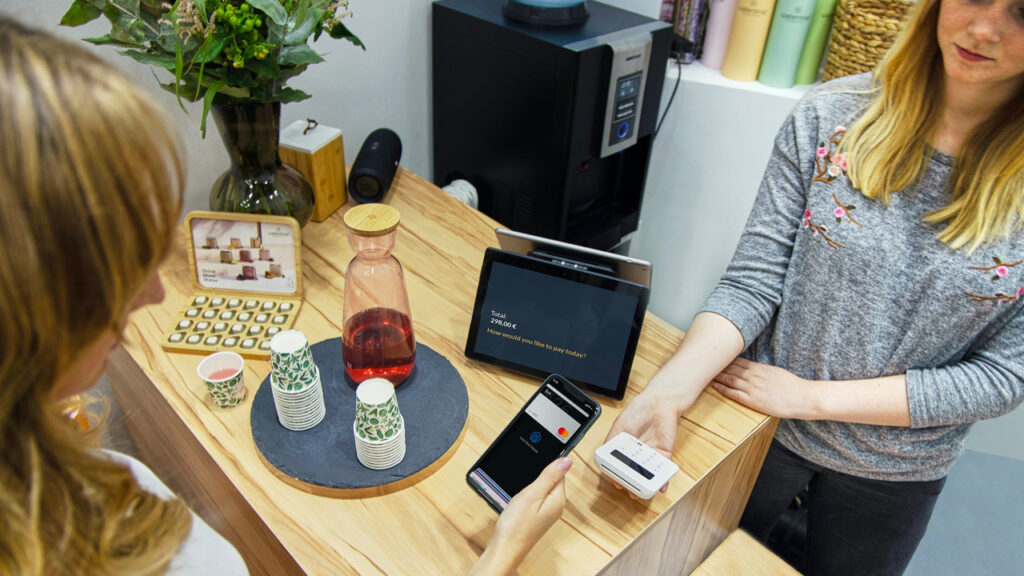
October 27, 2022
How retailers can manoeuvre expectations with payment orchestration
Payment orchestration platforms (POPs) offer retailers the option to add new payment methods and providers in just a few clicks with little-to-no code required.
Last year, global e-commerce sales amounted to almost $5 trillion USD, and this figure is expected to grow by 50% by 2025 to $7.4 trillion USD. As e-commerce continues to boom, merchants today face challenges with their payment stack that may well look and feel like the apocalypse.
As more and more payment methods are launched and loved by consumers, it’s easy for merchants to assume that adding a new method of payment is easy. However, they are faced with multiple challenges that can be catastrophic to the bottom line if they aren’t careful. From broken supply chains to inflation, and ever-shifting consumer behavior to legacy systems where merchants haven’t touched their payment systems in two or more years, it’s a tough road to navigate.
In the beginning, there was… legacy payment infrastructure
Almost every industry has faced an ongoing battle of upgrading their systems over the past decade or so. With rapid growth and multiple rounds of mergers and acquisitions, many businesses have been left with a “spaghetti system” of providers and suppliers – whether they have been inherited, or are simply the result of patchwork fixes over the years.
Global growth in payment methods and processors has led merchants to build complex payment infrastructure that requires dedicated in-house payment teams, incurring technical debt, inflexibility and potential regulatory challenges.
Depending on the geographical reach of a merchant’s customer base, there could be more than 200 payment methods and just as many payment processors and currencies worldwide to consider. And while the majority of merchants are focused on a handful of markets, even implementing one new payment connection in a single market can be difficult and costly.
It’s a complex problem, but merchants can eliminate the need for large payments teams by taking payments and payment orchestration to the cloud.
Clear skies ahead with cloud-native payment orchestration layers
Payment orchestration is not a new idea, but merchants keen to future-proof their offering should be looking to the accelerated drive toward digital transformation and the advantages of cloud technology. By combining the power of payment platforms with the cloud, merchants can gain a genuinely modern payment infrastructure to deliver multiple payment options consumers demand, regardless of location.
To build scalable cloud-native payment infrastructure, merchants need to add a layer that can orchestrate and standardize all the payment methods that consumers require in a way that utilizes the benefits of cloud computing without taking on the burden of PCI compliance. Server-less functions should remain dormant until a consumer needs that payment method. Unified reporting should be replicable and available wherever the accounting team sits – home or otherwise – and Edge computing should push user experiences closer to customers and their specific needs.
Survive and thrive with the right payment orchestration platform
Payment orchestration platforms (POPs) offer retailers the option to add new payment methods and providers in just a few clicks with little-to-no code required. Cloud-native POPs can offer merchants their own dedicated instances in the cloud, meaning they won’t share server loads with other merchants. These instances become their own individualized payments infrastructure, with the ability to deploy in any region or country with a local edge, helping retailers to comply with ever-changing local regulations and solving latency issues when trying to pass transaction data across large distances.
In addition to back-end orchestration which covers transaction routing to optimize for a variety of outcomes, including fraud prevention and authorization rates, among others, merchants should consider a provider that can also orchestrate the front-end checkout experience. That is, everything a merchant’s customer sees throughout their experience with the checkout, offering a merchant the ability to dynamically filter and order payment methods offered to individual customers at the checkout based on the content of a shopping cart or preferences based on previous transactions.
For example, if a merchant is working with a payment processor through a payment orchestration platform that prohibits the purchase of certain products, such as alcohol and tobacco, metadata about the contents of the shopping cart can be passed to the POP who can ‘hide’ that specific processor from the customer at the checkout and push an alternative method forward, keeping both merchant and processors happy and compliant.
Likewise, if a customer has expensive electronic products in their cart, they might be a good candidate for alternative payment methods such as open banking, so a merchant can set a rule based on transaction value (for example, $1,000+) to offer a provider for that method, such as Trustly or Vyne, as “first” in the order of payment methods displayed to the consumer.
The platform a merchant chooses should optimize conversion rates at a cart level and at checkout, as well as advise and recommend how to increase sales and decrease costs as a merchant’s business grows and expands. Cloud-native POPs can replace legacy payment infrastructures and systems and streamline and manage payment methods, services and transactions in one place.
Gr4vy’s POP leverages the power of the cloud to give users the capability to streamline and manage payment methods, services, and transactions all in one place. Its orchestration layer upgrades a company’s payment stacks to make infrastructure nimbler. While its intuitive, no-code dashboard centralizes the integration and administration of payment methods, providers, conditions, and transactions. With Gr4vy, you never have to lose a transaction again.